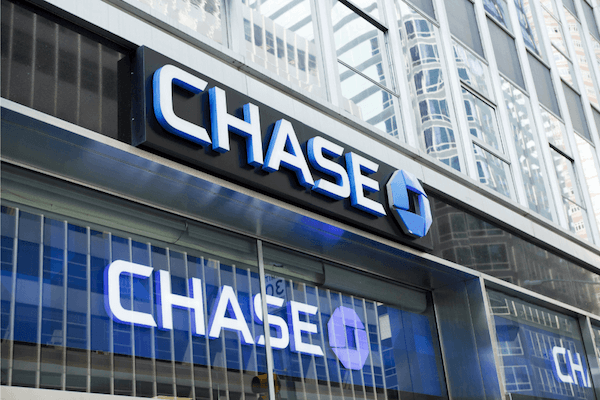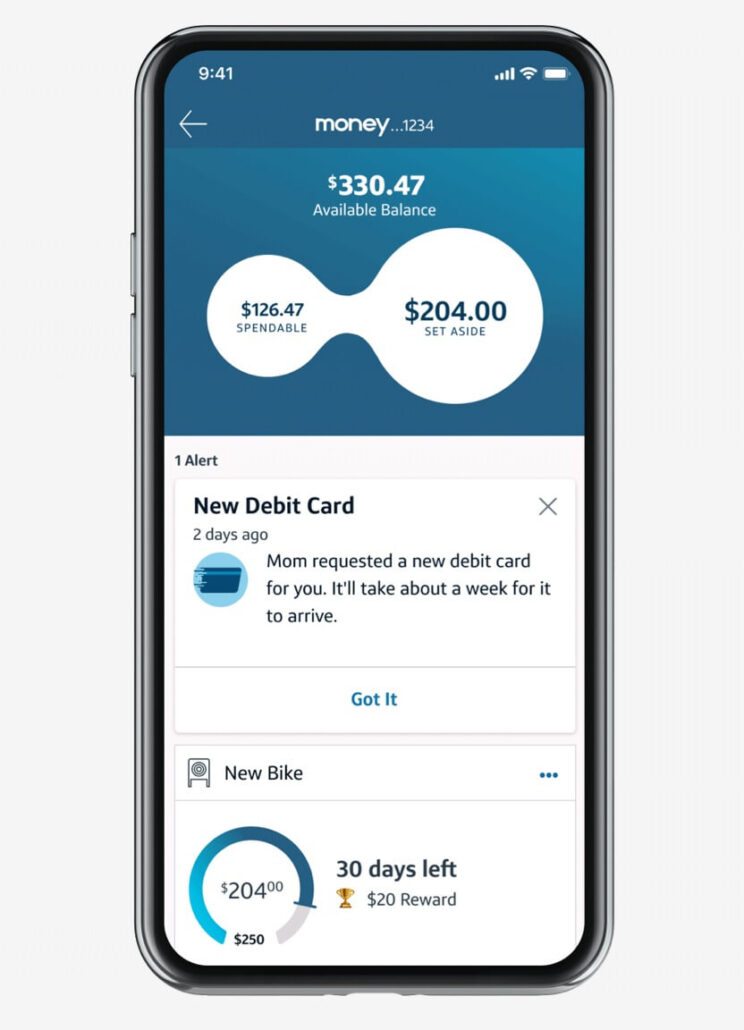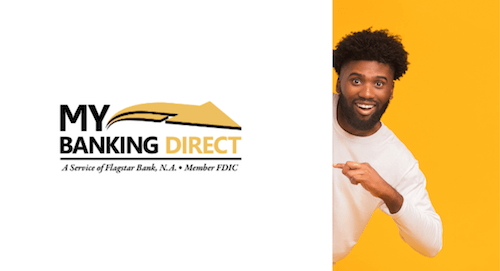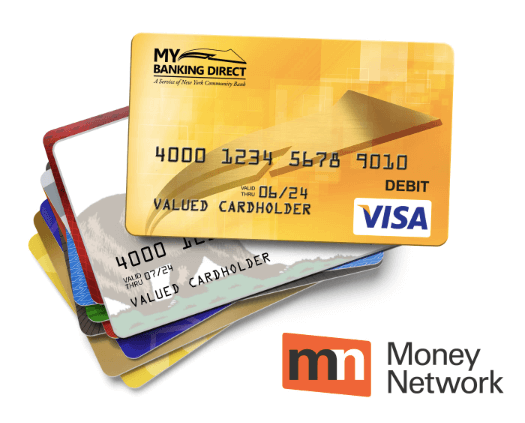
Quontic Bank is an “adaptive” digital bank headquartered in Manhattan, New York. Founded in 2009, the bank is federally chartered and available to members in every U.S. state.
Quontic is member FDIC and all deposits are federally insured up to the applicable limits.
They are also a certified Community Development Financial Institution committed to providing accessible banking solutions to low-income households.
One could do most of their banking with Quontic, as this bank offers a range of accounts to meet your savings and checking needs as well as mortgage lending options. Deposit products include certificates of deposit, savings accounts, and three different types of checking accounts. Each one takes less than 3 minutes to open and can be funded with as little as $100 (different terms apply for different accounts).
For the purpose of this review we will focus on the FDIC-insured deposit accounts offered by Quontic. To see if any of these accounts might be right for you, continue reading below.
Quontic Bank CD Rates + Account Details

Quontic Bank has 5 standard term CDs available. Each comes with a minimum deposit requirement of $500.
| Term Length | APY |
| 6 months | 5.05% |
| 1 year | 5.30% |
| 2 years | 4.50% |
| 3 years | 4.40% |
| 5 years | 4.30% |
To put these yields into perspective, the current national average for 12 month and 60 month CDs sit at just 1.72% and 1.37% APY, respectively, according to FDIC data.
How Much Can You Earn with a Quontic Bank CD?
The amount of money you can make with a CD from Quontic Bank is going to depend on your deposit size, the CD term you choose and its APY (annual percentage yield). The table below shows potential earnings based on a $100,000 deposit.
| CD Term | APY | Earnings |
| 6 months | 5.05% | $2,493.90 |
| 1 year | 5.30% | $5,300.00 |
| 3 years | 4.40% | $13,789.32 |
| 5 years | 4.30% | $23,430.23 |
How Do Quontic Bank’s CD Rates Compare?
Take a look at the table below to see how Quontic Bank’s CD rates compare to competitive CD rates offered by other FDIC-insured online banks.
| Bank | Best CD Rate (APY) |
| Barclays | 5.00% |
| Citizens Access | 5.35% |
| Synchrony Bank | 5.05% |
| Quontic Bank | 5.35% |
Compounding and Crediting Interest
Interest is compounded daily and credited monthly back to your account. No additional deposits are allowed once the CD is open and funded.
Early Withdrawal Penalties
When your CD matures, you can withdraw your money without penalty. Partial withdrawals are not allowed—you need to withdraw all or nothing. But if you need to take out your money before it matures, you can do so but will incur the following early withdrawal fees:
- Early withdrawals from CDs with terms less than 12 months incur a fee equal to the full term’s interest
- Early withdrawals from CDs with terms between 12 and 24 months incur a fee equal to one year’s interest
- Early withdrawals from CDs with terms over than 24 months incur a fee equal to two years’ interest
These penalty fees are quite a bit higher than most, so avoid them if you can.
Grace Period
You will have 10 days to remove your money from your certificate of deposit after it renews penalty-free. You will receive a notification at the beginning of this grace period that your account has automatically renewed and that you have a short window of time to withdraw your money, if desired, without incurring penalty fees. Otherwise, you’ll lock in to the same account for another term.
High Yield Savings Accounts
The high yield savings account by Quontic Bank comes with one of the best yields around currently and can be opened with just $100.
| Minimum opening deposit | APY |
| $100 | 4.25% |
Right now, the national average for a savings account sits at just 0.42% APY with some of the best yields from online banks hovering around 5.00% APY.
Once the account is opened, there is no minimum daily balance required to earn interest—all positive balances through $999,999.99 earn the advertised rate.
Interest is compounded daily and credited monthly to your account.
In accordance with Federal Reserve Board Regulation D, users are permitted to make up to six withdrawals or transfers from this account per month. Transactions in excess of this limit are subject to penalties and may not be processed. There is a penalty fee of $10 for every excessive transaction.
Money Market Account
The Quontic Bank Money Market account pays interest in tiers based on balance amount, however at this time all tiers pay the same 3.50% APY. As with Quontic Bank’s other deposit accounts, their money market account is also one of the highest yielding in the country. The minimum deposit requirement is $100.
| Min. Deposit | APY |
| $100 | 4.75% |
For context, the national average for a money market account currently sits at 0.63% APY with top yields from online banks inching past the 5.00% APY mark.
Interest is compounded daily and credited monthly back into your money market account.
You can fund your account by transferring money from an external bank or by transferring money from another Quontic account. There are no minimum daily or monthly balance requirements or penalties for low balances.
You may ask for a debit card for this account, but keep in mind that this is a savings account. Users are not permitted to make more than six transactions into or out of this account per statement cycle. Doing so will result in a fee of $10 each time or Quontic may choose not to authorize excessive transactions at all.
Checking Accounts
Quontic Bank offers two different types of interest-bearing checking accounts: High Interest Checking and Cash Rewards Checking. They used to offer a Bitcoin Rewards Checking account but discontinued that in the first half of 2023.
Their newest product for checking account customers is their Pay Ring. It’s a wearable payment ring that functions as your debit card.

High Interest Checking
The high interest checking account also comes with a $100 minimum deposit to open and qualifying activities each statement cycle (see below).
| Balance | APY |
| $0 – $150,000 | 1.10% |
| $150,000.01 – 1,000,000 | 1.10% |
| $1,000,000.01+ | 1.10% |
The national average rate for interest-bearing checking accounts sits at 0.06% according to the FDIC.
The catch with this high interest checking account is you must perform certain activities to earn the advertised rate.
To earn the APY, you must do the following:
- You must make a minimum of 10 qualifying point of sale debit card transactions of at least $10 per transaction per statement cycle.
If you do not meet this requirement, your balance will earn 0.01% in interest.
As of July 2023, all balances earn the 1.10% APY as long as requirements are met.
Interest is compounded daily and credited to your account monthly.
You need to deposit $100 into this account when opening it, but you are not required to maintain a minimum monthly balance in order to earn interest or avoid fees. There are no monthly maintenance, service, or low balance fees associated with this account.
There are also no fees for using your Quontic debit card at in-network ATMs including those within the AllPoint, MoneyPass, SUM, and CitiBank networks. There are more than 90,000 participating ATMs across the country including in convenient retail locations such as Target, CVS, Walgreens, and Circle K.
Fees
For every type of Quontic Bank checking account, there are a few fees you should be aware of. These are the following:
- Overdraft/non-sufficient funds: $35 each
- Incoming wire transfer: $10 each
- Outgoing wire transfer: $30 each
- Account dormancy: $10 per month
- Cashier’s checks: $10 each order
- Money order: $4 each
- Activity statement: $5
None of the three accounts charge maintenance or low balance fees.










